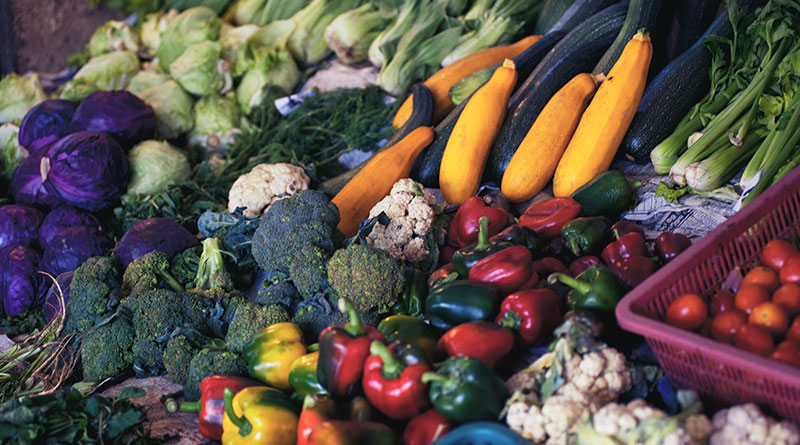Cost Pressures Intensify After Foodservice Price Inflation Hits Double Digits in February

Year-on-year inflation in the foodservice sector hit 10.2% in February 2022, the latest edition of the Foodservice Price Index from CGA and Prestige Purchasing reveals.
The double-digit increase was fuelled by challenges including a surge in demand, the lingering impacts of COVID, additional costs of trade after Brexit and increases in energy and packing prices. Inflation has been further heightened by the comparisons with February 2021, when Britain’s lockdown temporarily eased the pressure on prices.
Inflation in the Foodservice Price Index is now running at exactly twice the level of the comparable Consumer Price Index number. It underlines the structural differences between the retail and foodservice sectors, with security of volumes and tighter ranging, forward contracting and hedging used to protect pricing over a more extended period in the retail sector.
The report from CGA and Prestige also highlights the volatility of pricing, with a wide range of highs and lows across its 10 categories. The sugar category recorded a drop of 10.9%, while oils & fats was up by 56% year-on-year. Five of the 10 categories have inflation of more than 20%, with fish, fruit, dairy and soft drinks also affected.
Inflation will become even more acute following Russia’s invasion of Ukraine in late February, the report predicts. The war will add to the stress on energy markets and generate new challenges in key commodities like wheat, oils & fats, fish and fertilisers. This is likely to drive up prices for months to come, and further increases in inflation are inevitable.
Shaun Allen, Prestige Purchasing CEO, commented: “Inflation now constitutes an existential threat to many businesses in the hospitality sector. The Ukraine war has the potential to drive an extended period of increasing food and drink costs, which if coupled with recent changes to VAT, rising labour costs and potentially falling volumes could well generate conditions worse than during the pandemic. Best in class procurement skills will be an essential part of the operator toolkit in the years ahead.”
James Ashurst, client director at CGA, said: “Two years of COVID turmoil have weakened many businesses across the foodservice sector, so the huge upward pressure on prices comes at the worst possible time. The surge in energy and commodity costs shows no sign of easing, and with consumers’ disposable incomes heavily impacted as well, there will be pressure on sales as well as margins. The long-term future of the foodservice sector remains good, but there are undoubtedly some turbulent times ahead.”
